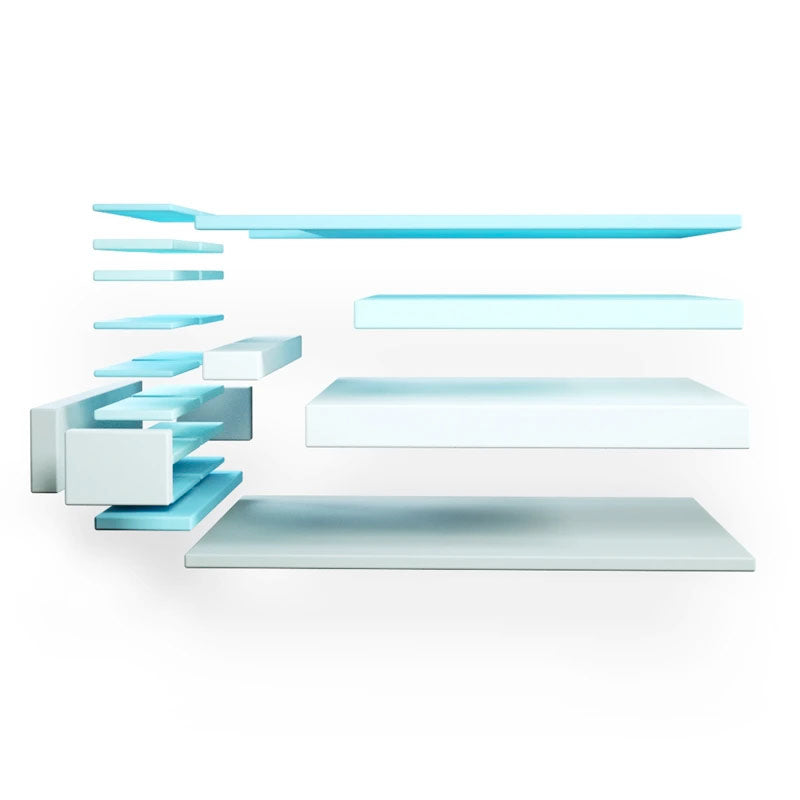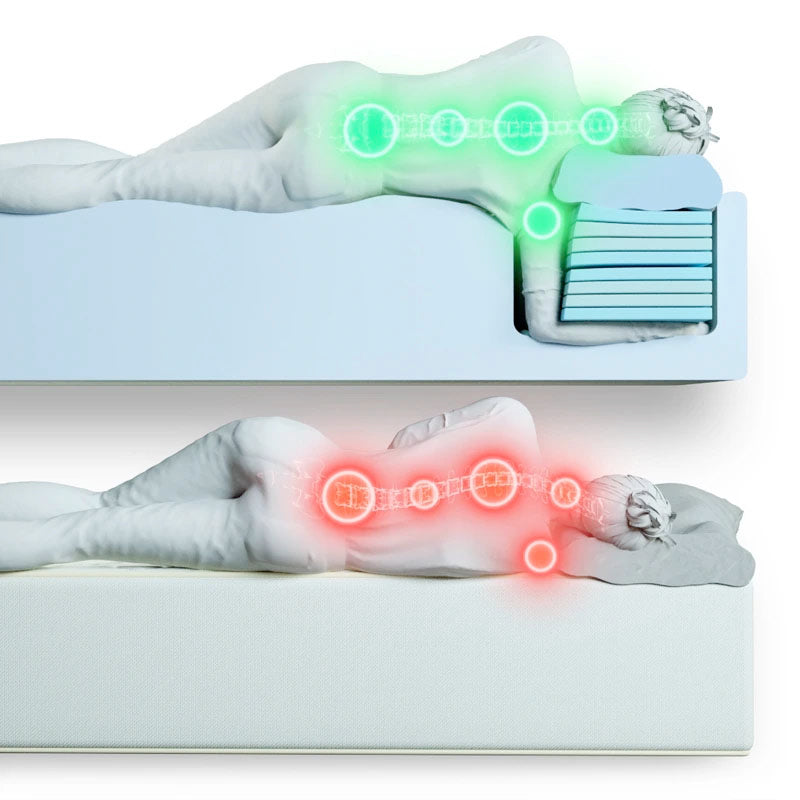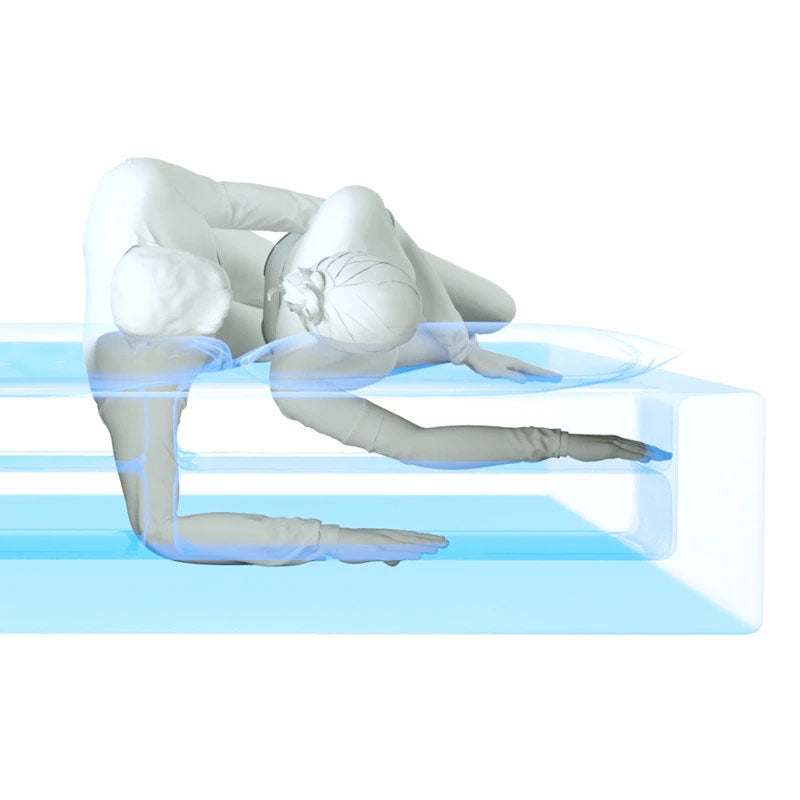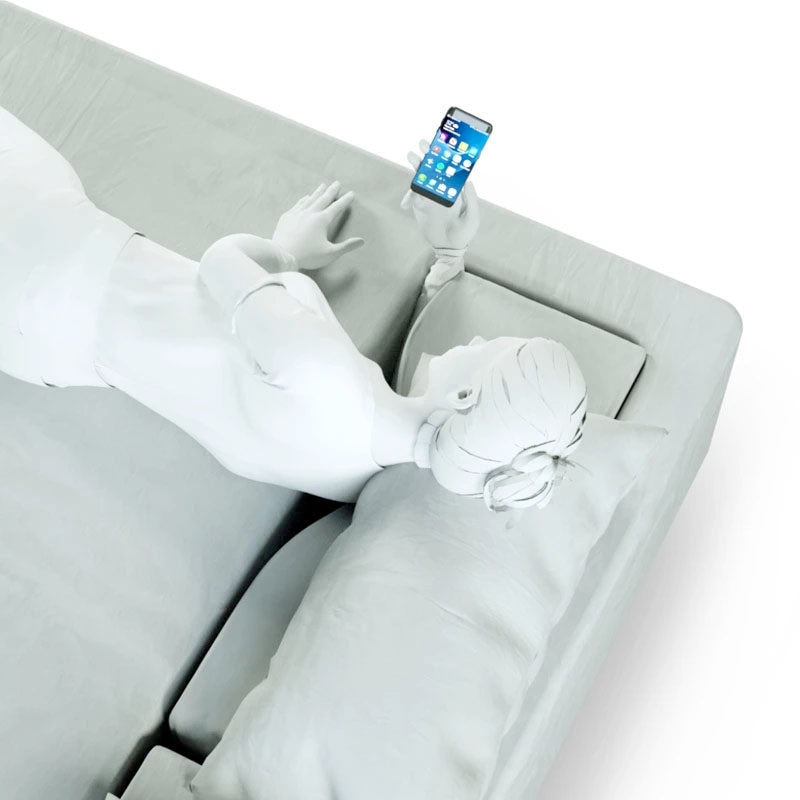How many times have you slipped into bed without actually considering how great it is to really get a good night’s sleep? Have you ever stopped to take a moment to appreciate the everyday luxury that putting your head on a soft, fluffy pillow is?
Sleep is one of the most critical things that we need, but we rarely take a moment to consider how we can obtain restful sleep.
Have you ever wondered how astronauts could sleep in space? While astronauts are on a 24/7 mission when they are in space, the human body still requires sleep, which means that astronauts still have to catch a few zzzs one way or another.
Let’s cover how astronauts can get some well-deserved rest in space, and how you might be able to get a weightless-feeling sleep, yourself, right here on planet Earth.
Sleeping on Earth vs. Sleeping in Space
Of course, for all of us on Earth, there are benefits associated with taking a nap throughout the day. However, there are also some benefits associated with astronauts getting a nap in space, too, regardless of what “time” it is.
Before we dive into this, it’s important to discuss how astronauts experience the passing of time differently when they are in space instead of on earth.
Because the speed at which the International Space Station orbits Earth is every 92 minutes within 24 hours, astronauts in space can experience about 16 sunrises and sunsets every single day. Along with those beautiful sunrises, a bright light appears. While this might seem interesting or novel from an astronaut's point of view, it can be disruptive if they're trying to sleep because of the way light tells our brains and bodies it’s time to be awake and alert.
With that, there are some benefits associated with napping, even if they’re short naps. Taking just a 26-minute nap can improve your alertness on the job and your performance, which is imperative while in space. Therefore, when the astronauts need a quick pick-me-up, they can take a short power nap that is packed with a punch. Just a 10-minute snooze can help with cognitive awareness while elevating alertness simultaneously.
Where Do Astronauts Sleep in Space?
Many different factors go into becoming an astronaut. One crucial factor is being able to function in very tight quarters. There is a small amount of space that astronauts have to get accustomed to living in. This applies not only in their day-to-day life but also when it is time to get that good “night’s” sleep. Unlike here on earth, comfy blankets and fluffy pillows are not part of an astronaut's sleep.
Due to microgravity (or weightlessness) in space, a good night's sleep is extremely different from earth. Even so, many astronauts try to mimic the way they used to sleep at home. One of the most popular choices that astronauts opt for in space is a sleeping bag. Because of microgravity, the sleeping bags need to be tethered to the inside of the spacecraft so the astronauts will not float freely when they are sleeping.
Instead of a sleeping bag, some people may choose a personal cabin or a module.
Regardless of where an astronaut chooses to sleep, they’ll need to make sure they are nice and secure to avoid having their arms and legs floating around and bumping into control modules or other astronauts.
Another consideration for their sleeping space is ventilation — in order for astronauts to avoid breathing in too carbon dioxide, well-ventilated sleeping areas are a must.
What Are Some Tricks Astronauts Use To Get a Good Night’s Sleep?
An astronaut must stay in exceptional health to handle the demands of the job. Not only will this be critical for mental performance, but for overall safety and emergency preparedness.
As mentioned, astronauts have to take care of themselves when they are in space. Not only do these wellness activities keep health in check, but they can also support restful sleep — both above and on Earth!
Exercising regularly is one huge thing that can help support good health and good sleep. Due to the weightlessness in space, muscles can become weak. A two-hour workout is recommended daily for astronauts on longer missions to combat muscle loss.
Cardio exercise in particular can help support heart health, too, regardless of whether you are an astronaut or not. Due to microgravity, the heart has to work less, leading to less blood pumping to parts of the body, including the brain and heart, which is why cardio exercise can help keep the hearts of astronauts in top shape, while also helping them expend some energy to help them feel more tired by the time it’s time to take a break.
Waking up and going to bed on schedule is another crucial factor for getting a good night's sleep, in space in particular but also here on Earth, especially since it can be difficult for astronauts to maintain a regular sleep cycle due to their varying schedules. Being diligent with a sleep schedule can help with the body's circadian rhythm, otherwise known as our internal clock.
In efforts to help with their sleep, many astronauts use a sleep mask to block out any bright light around the cabin that comes from the many sunrises they experience every day.
Another smart trick astronauts use to get a good night's sleep is earplugs. Refrigerators, air conditioning units, fans, and many mechanical devices add to the accumulation of loud noises in the cabin of a spacecraft. Earplugs are an easy fix for any astronaut looking for undisturbed sleep.
How Do Astronauts Wake Up in the Morning?
If you have ever wondered what kind of traditions there are on a space shuttle, or if astronauts have a morning routine, you may be excited to hear that astronauts are generally “serenaded” awake, to an extent.
Since 1965 on the Gemini 6 mission, music has been used to wake up astronauts in the early morning. Initiated as a surprise by NASA, “Hello Dolly” was the first song used to serenade astronauts out of their slumber.
Since then, this tradition has evolved. “Georgia Tech Fight,” ‘‘Illinois Fight,” and “Penn State Fight” are just a few college fight songs that have been used over the years, too.
Special seasonal tunes are played when astronauts are on missions during the holidays. The song “Home For The Holidays,” first played for the Apollo 17 mission, is a perfect example of this.
There is one particular song that is among the top 40 most popular wake-up calls. Probably not much of a surprise, it is Elton John’s “Rocket Man.”
Can I Get Weightless Sleep Here on Earth?
The closest you’ll get to the light, weightless sleep astronauts get (aside from a zero-gravity bed, which, unfortunately involves plenty of gravity) is with a sleeping setup that reduces pressure on your body as much as possible.
And you can do it with the SONU Sleep System.
With its patented Comfort Channel, spine-leveling support system, and 14-inches of premium high-resilience foam, the SONU mattress adjusts and molds to each individual’s unique sleeping positions and body contours in order to relieve pressure points for maximum comfort and an unforgettable sleeping experience.
We wish astronauts could get this kind of ergonomic support and deep sleep-promoting comfort, but for now, we’re unfortunately only shipping within the atmosphere.
Conclusion
While sleeping in space can seem complicated, it is completely possible with the right tactics. Weightlessness can be a challenge of its own and may take some getting used to when astronauts are first launched into space, but, after a while, their bodies will adjust to a new sleep schedule and the absence of pressure may be a welcome comfort.
Looking to get a seemingly weightless deeper sleep that has you feeling light and airy by morning? Explore the SONU Sleep System here and see how a little less pressure and a little more support can give you the sleep you’ve been looking for.
Sources:
Sleeping in space | Canadian Space Agency
Out of this World Playlist: What Music Do Astronauts Listen to for Wake-Up? | Space Center
Napping: 3 Proven Health Benefits | Cleveland Clinic






















